African-americans in Chocó: Representing Collective Thought in an Image
“Once upon a time, there was a small earthly paradise, a land on the shores of the coast that God left in this little town called El Valle, Chocó.” That paradise is one of the townships of the Bahía Solano municipality in Chocó, where the Vist team arrived to carry out one of the training workshops supported by the Spanish Agency for International Cooperation (AECID) and directed by Jorge Panchoaga in different Afro-descendant communities from Colombia.
Chocó is part of the Pacific coast, along with the coastline of Valle del Cauca, Cauca, and Nariño. Pacific region has its northern border in that department. In percentage terms, Chocó is the department of Colombia with the largest Afro-descendant population. In Bahía Solano, at least 86,1% of the inhabitants recognize themselves in this way and have historically lived with indigenous groups that today represent 9% of the population.
Half of the inhabitants of this municipality live in rural areas such as the village of El Valle on the shores of the Pacific Ocean. The Afro-descendant population of this area dates back to the end of the 19th century, even though the neighboring village of Cupica was considered a “bi-ethnic palenque” a few years before the wars of Independence.
Johana Córdoba Bermúdez, a teacher at the Escuela Normal Superior Santa Teresita in the village of El Valle, was one of the participants in the workshop and recalls how in the encounters with the elderly, one of the topics they discussed was the arrival of the first settlers. Johana also migrated from Humboldt Bay a little further north. She told us about her experience in the workshop.
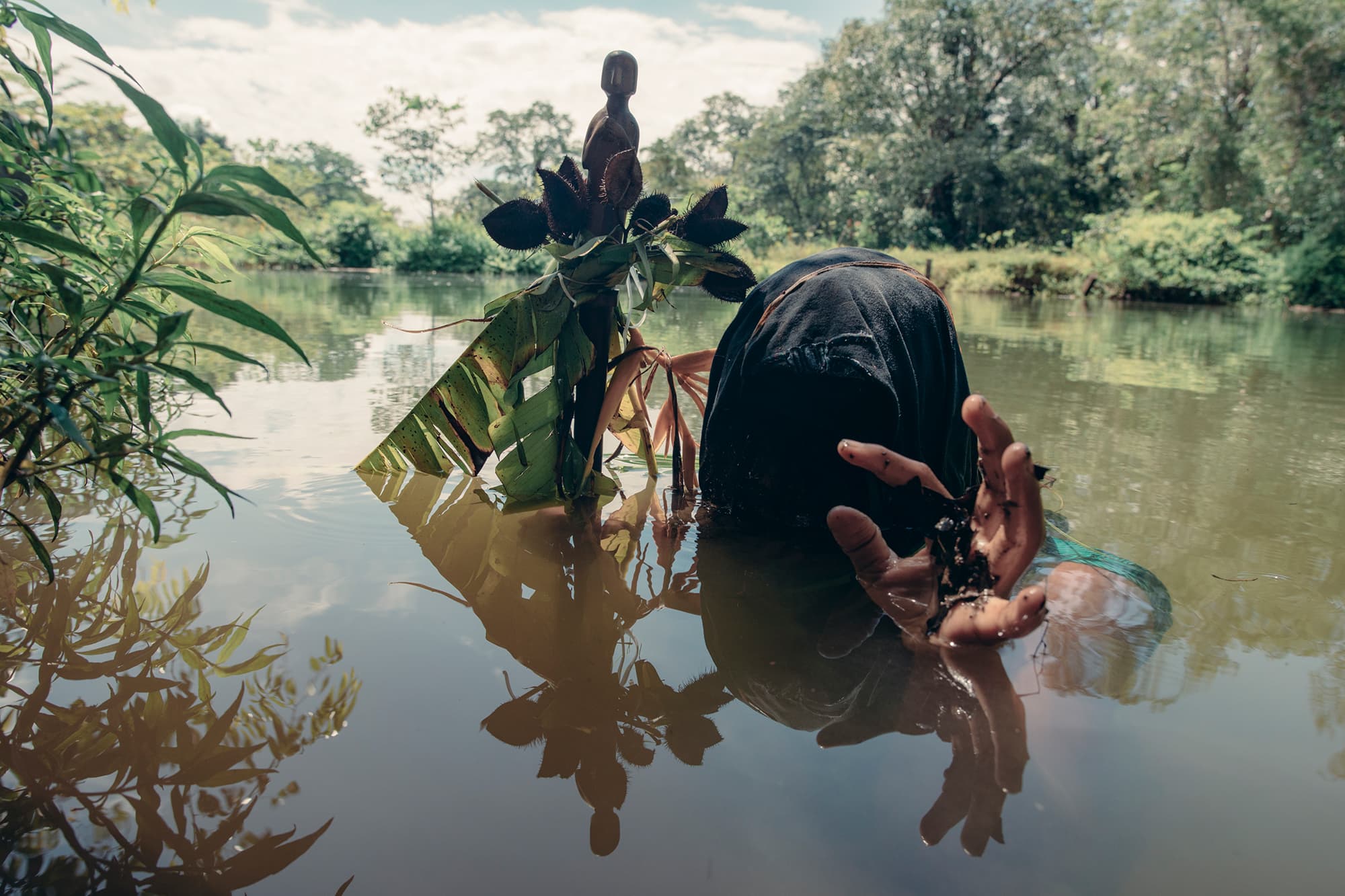
Colectivo Selvallena @colectivoselvallena
What people participated in the workshop?
Young people from the district and also adults participated in the workshop. The adults shared their ancestral knowledge orally, all about culture, experiences, myths, legends, and stories. They also shared forms of parenting, gastronomy, and dance. And the young people who were the ones who were enriched by knowledge.
Among the participants were some of your students.
Yes. I found that there were students of mine and also former students. Some boys who are already studying abroad, in universities. It was a very nice experience for me to meet them, at a time when we all acted as apprentices.
What new things did you learn in the workshop?
In the workshop, we emphasized the subject of culture: how one manages to capture it in an image, relevant aspects of our culture, what it was, how it happened, how it lived. Because they also made us remember and capture relevant aspects of our culture in images. It was very nice to be able, in an image, to represent collective thought. I did not know how to take a photo from that perspective. Normally, one takes photos with a mobile phone, and I naturally like the subject of the photo a lot but I had never taken a camera.
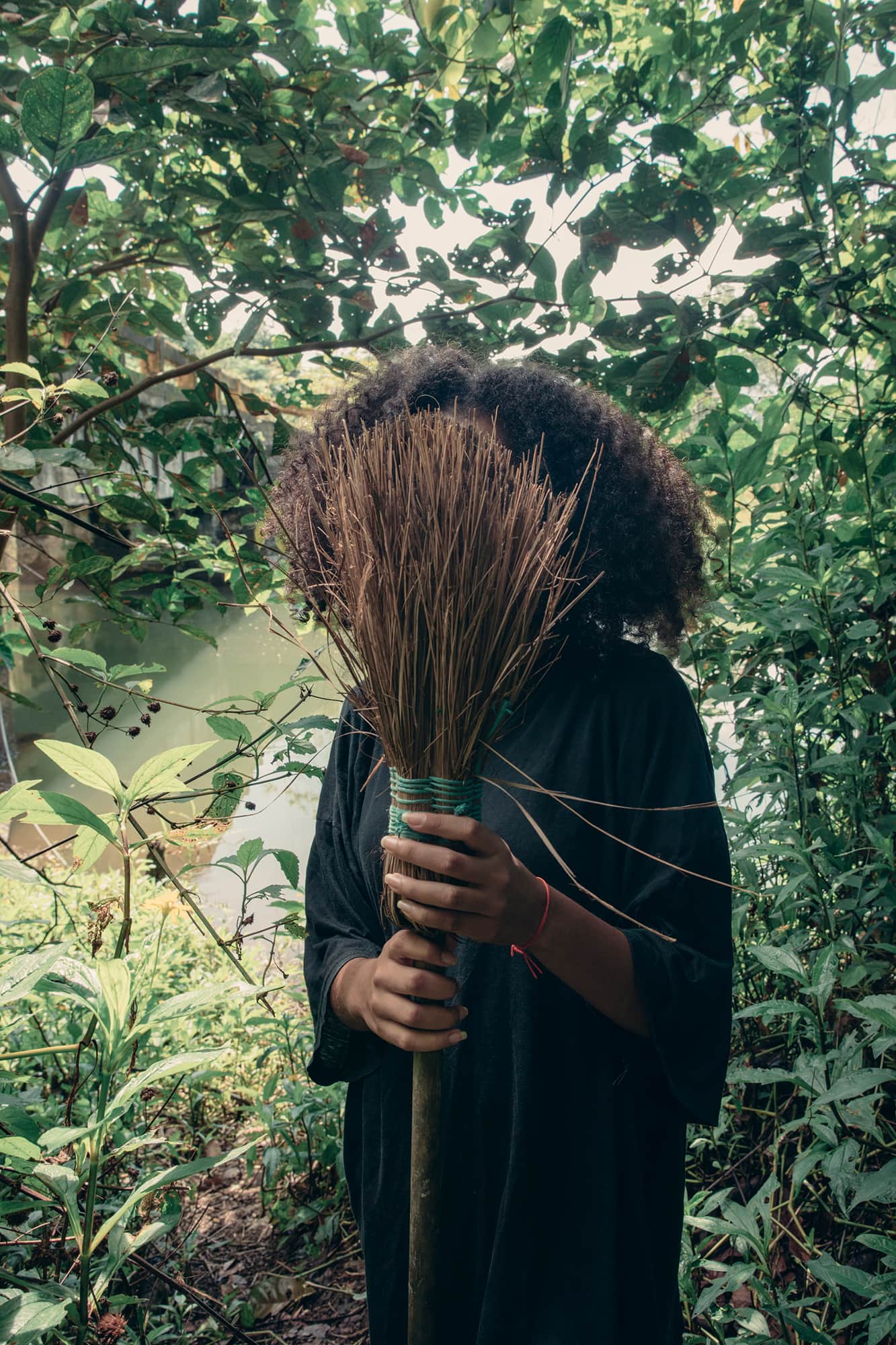
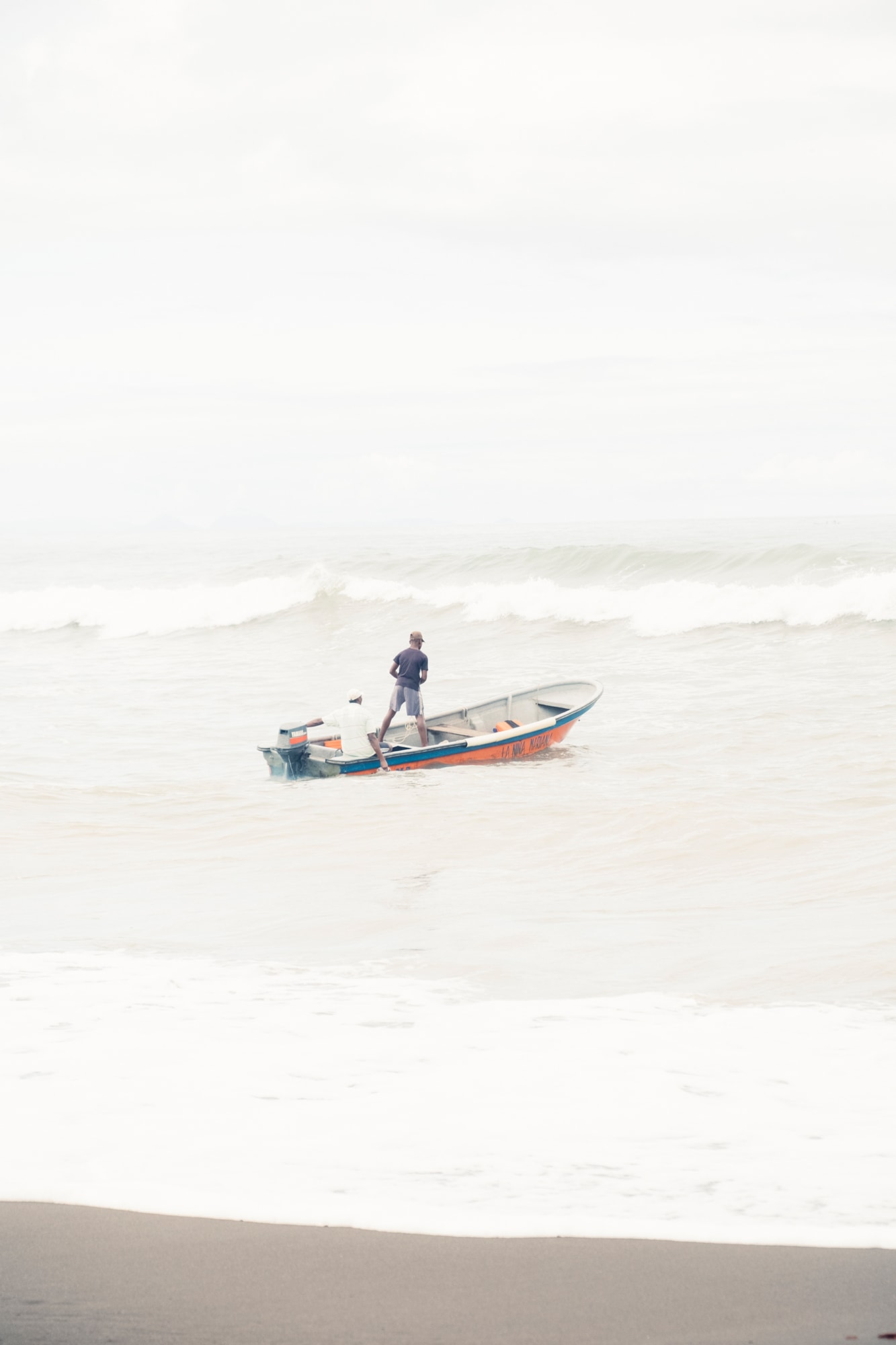
Colectivo Selvallena @colectivoselvallena
Have you done imagination exercises before?
No, I hadn’t done that before, and imagine that right now in my class —I have a degree in Spanish— I have already begun to apply the exercises that I learned in the workshop with my students of the complimentary training. I do exercises of listening to sounds and then through those sounds take them to images and words. I learned that sound also represents, because generally what we project in our mind when we hear the sound refers to what we have lived or what we have thought.
In the workshop, we heard the sound of bells. When I heard it, I immediately traveled through time when I experienced a very hard episode in my life, which was the massacre in my town in Bahía Humboldt, an area affected by violence. Close relatives on my mother’s behalf were killed.
A sound took me to that moment that brought me a very strong thought, and I felt sad. When I opened my eyes and shared with my mates, it turns out that that sound had made them think of glorious and heavenly things.
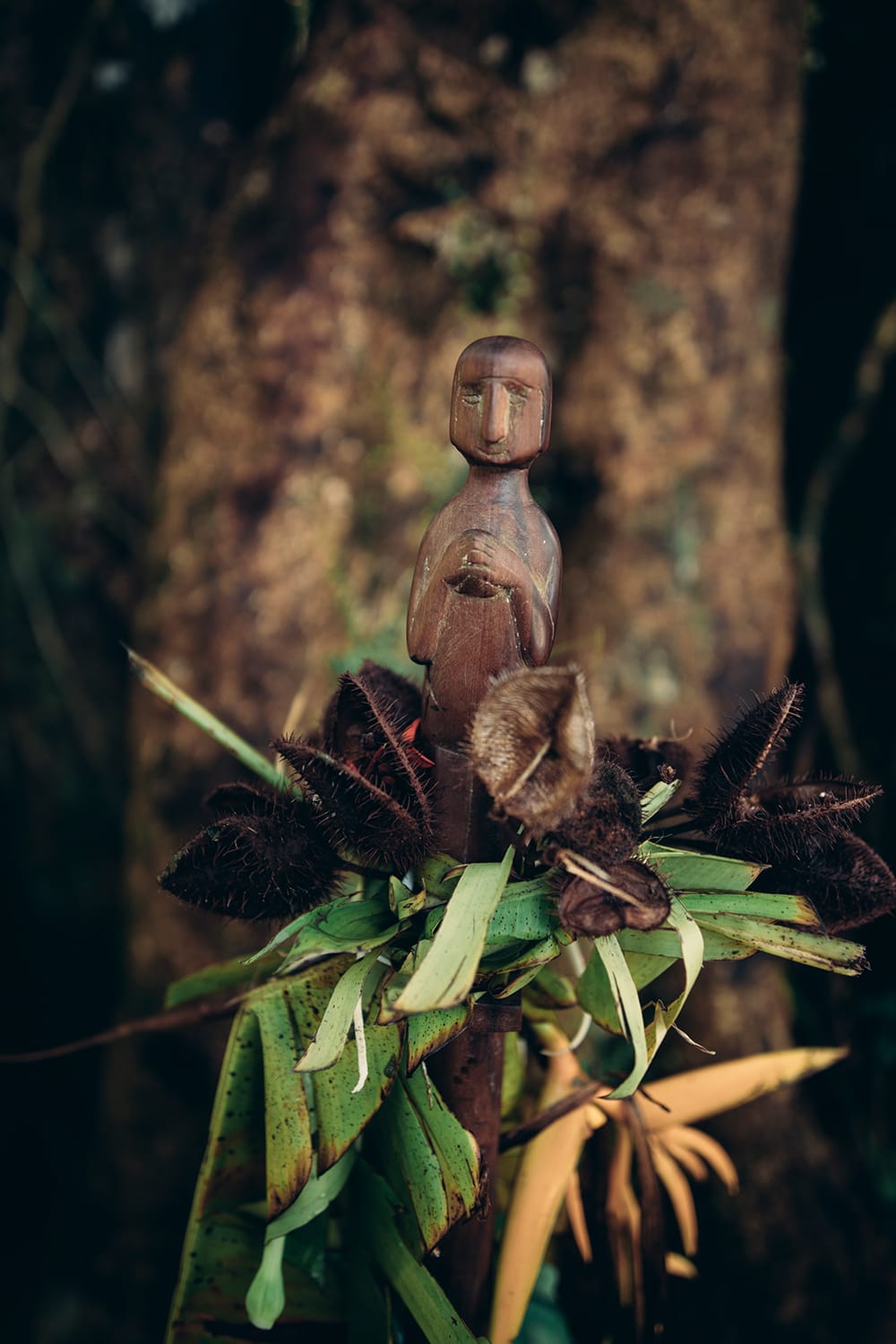
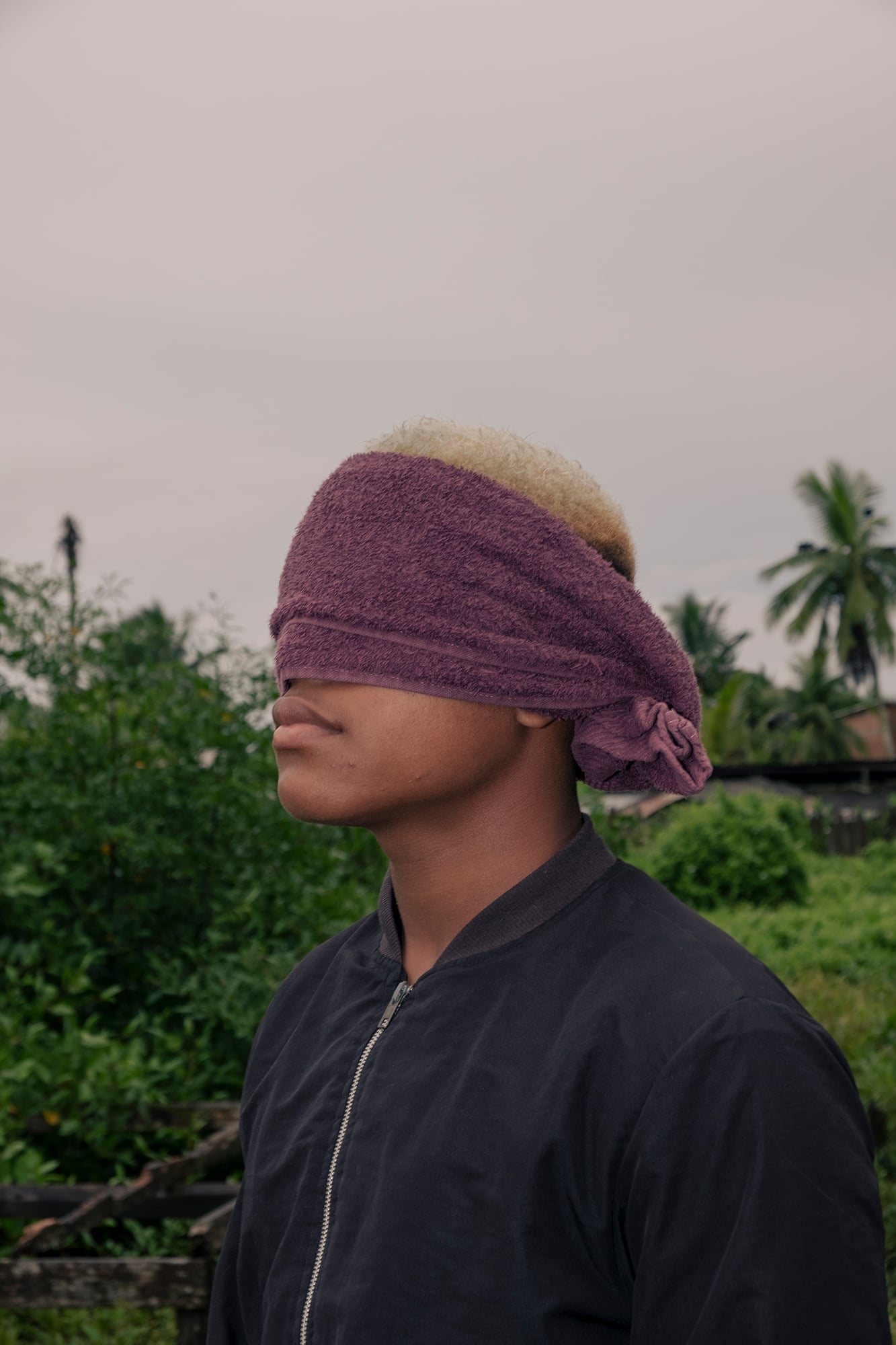
Colectivo Selvallena @colectivoselvallena
How was the meeting with the elders?
Older people have a particular way of telling and entertaining, experience has a lot to do with that. When they begin to tell stories, one immediately begins to remember, to identify with elements that are part of our culture and that many times one has forgotten.
They told how certain things were before, how the festivities were celebrated, what the mother of water was, the myths. Elements that are part of the culture and that are alive although many times one ignores them.
The grandparents allowed us in those spaces to also remember and rethink all those issues. They also led us to ask ourselves, who are we? Where do we come from? Where are we going? And how do we want to project ourselves into the future?
Do you remember any of the images you thought of when listening to the elders or those you did?
Yes, for example, I remember that they talked about godfathers and godmothers. In the old days, the godparents occupied a very important place in the upbringing of the young person, because they also acted as parents. At that time, there was a great presence of the frightful, and if, suddenly, the madremonte came and wrapped a child, the only people who could come to the mount to take the child out were the godparents. That spirit with the presence of the godfather was leaving. There we began to draw all that while they were talking.
They also spoke of machismo, of how in ancient times men were very sexist, and they did not leave the possibility for women to prepare, to study. Neither do parents. If there were more men than women, they usually gave the men studies, the women only took care of the housework.
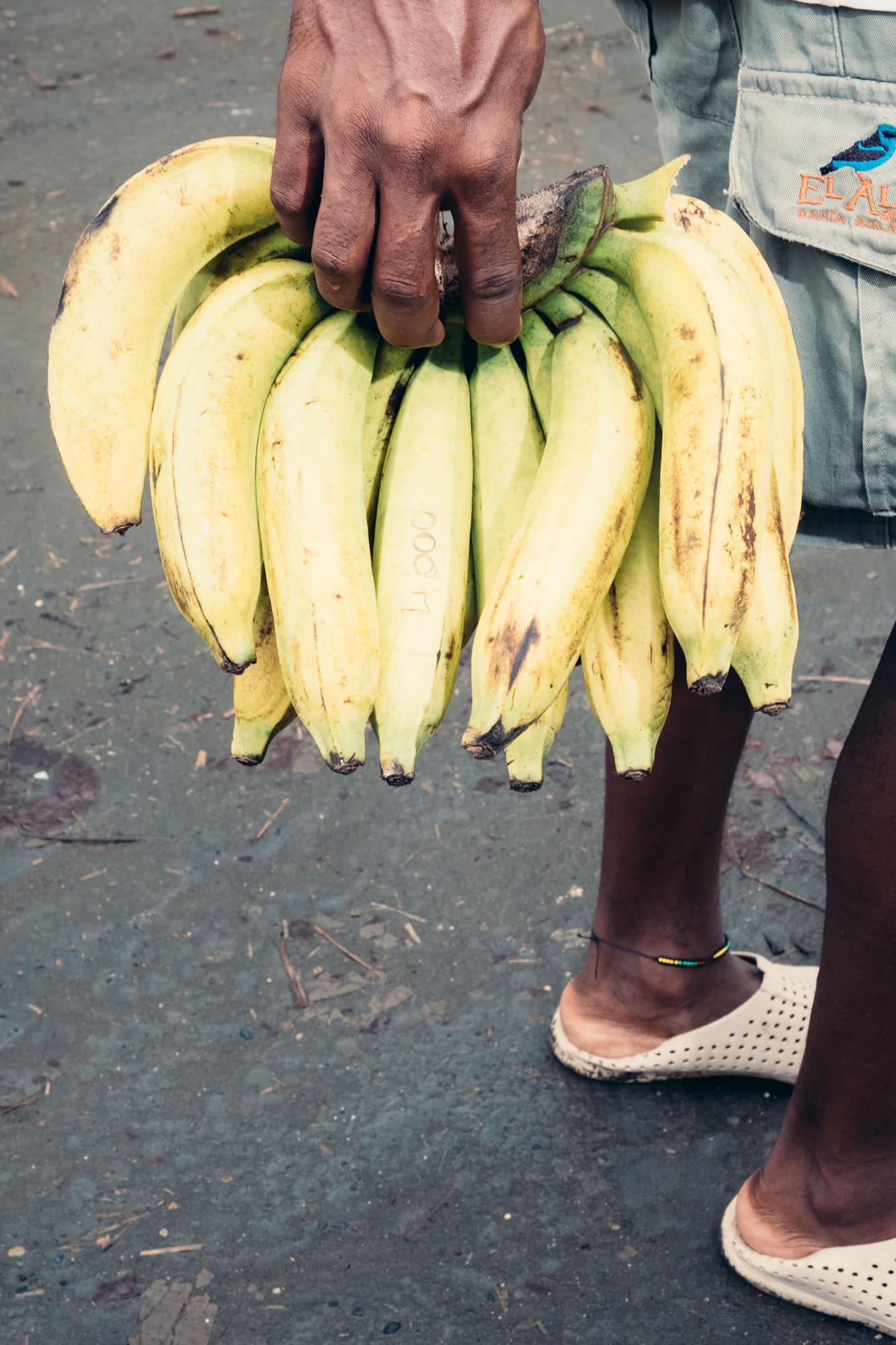
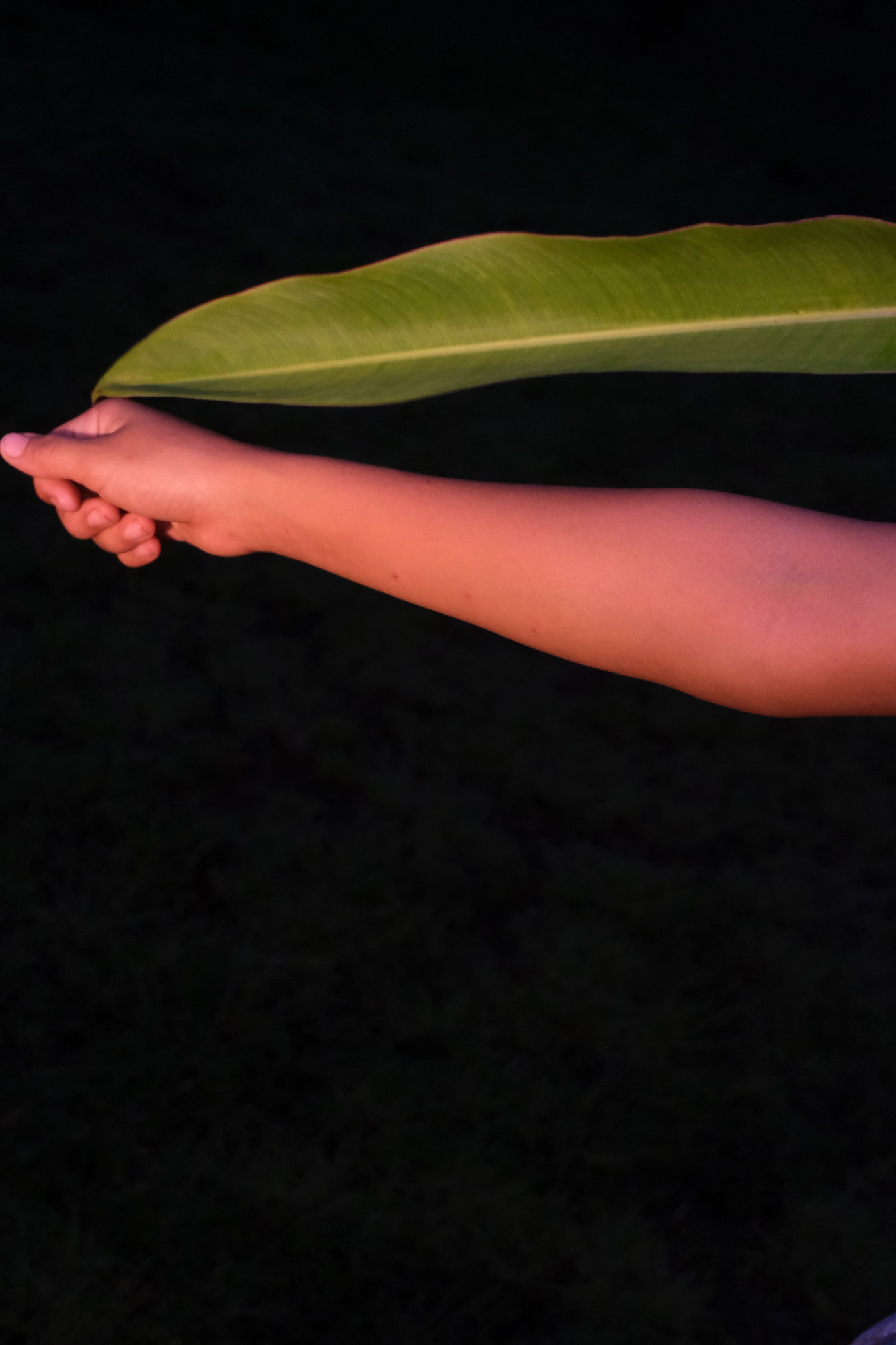
Colectivo Selvallena @colectivoselvallena
Which of the photos you took was the one that you liked the most?
The truth is I liked many because they were scribbles like that. They also told us about what the trips were like. Before they were very long because of the difficult access, there were no car or plane possibilities, and many of them are living here, but they had to come from other places in the department of Chocó from far away. So, there I drew the road, the mountains, the rivers, all the journeys that they had to make to reach this land.
How was the process of converting those drawings to photos?
It was a creative process. I am adapting it to my classes because it is a beautiful methodology: how one manages through a drawing to capture a story in which many people can be represented and that also after being captured can have different meanings according to the experience of every person who see it has.
A collective was formed in the middle of the workshop, how was that?
The Selvallena Collective was a group that was formed after the workshop. What we want to do is continue to preserve oral memory and transform realities. Our idea is to carry out activities to empower us, to preserve stories, and also recreate new stories. We want to contribute to the historical memory, to the collective memory, to all those processes that are important for the conservation of our ancestral values.
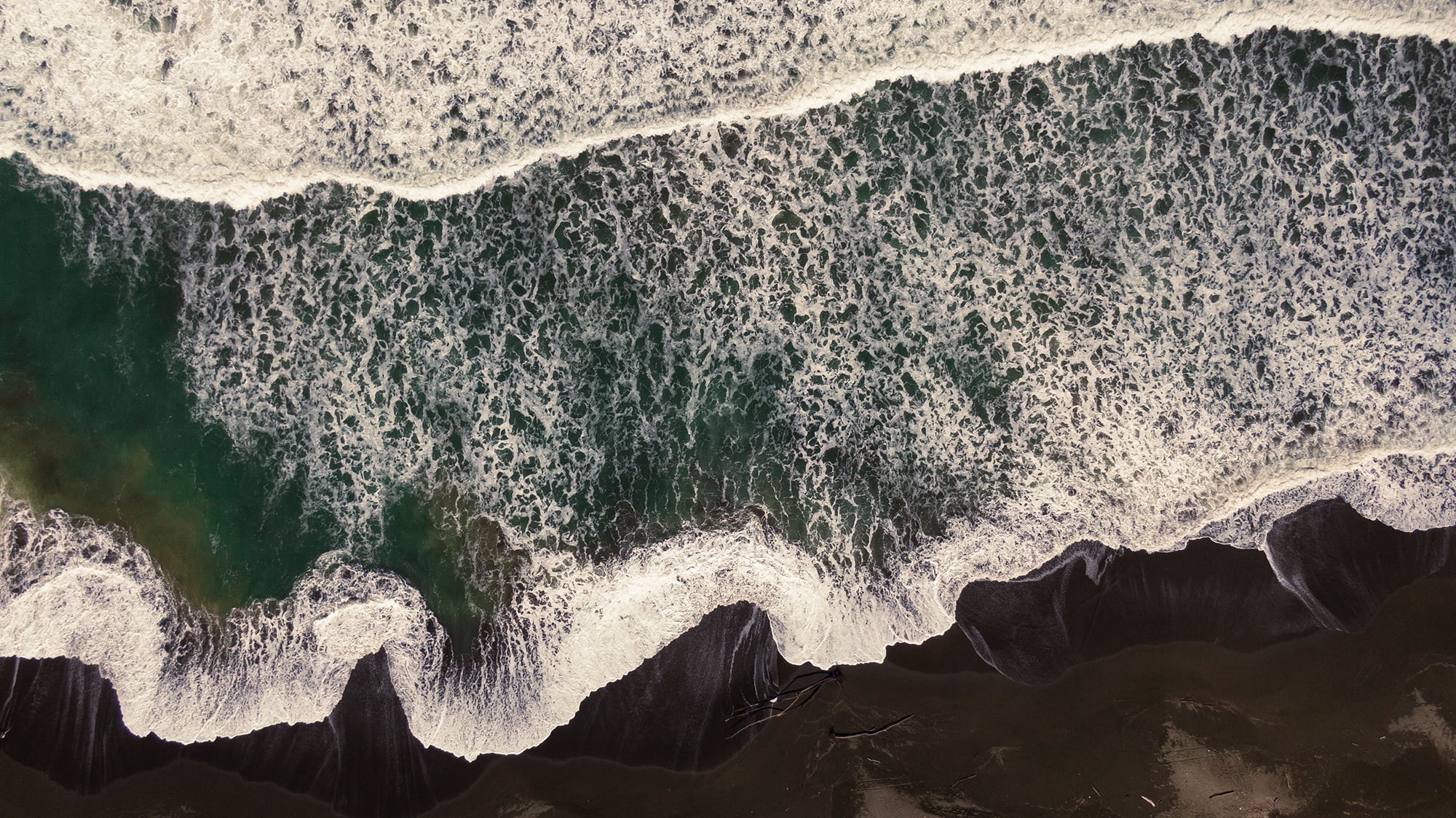
Colectivo Selvallena @colectivoselvallena
Coordinación del proyecto | Jorge Panchoaga
Realización Audiovisual | Lina Botero
Sonido Directo | Pablo Tobar Panchoaga
Edición, Montaje y Colorización | Lina Botero y Paolo García Nigrinis
Con el apoyo de AECID y el Centro de Formación de la Cooperación Española Cartagena (Colombia)
Este proyecto no se habría podido realizar sin un equipo grandioso:
Claudi Carreras, Miguel Angel Ramírez, Marcela Vallejo, Aquelarre.
Laboratorio de diseño y comunicación visual, Natalia Ines Sierra, Jahleel Shiloh, Lucía Junquera Ramos y Sebastián Hacher.


